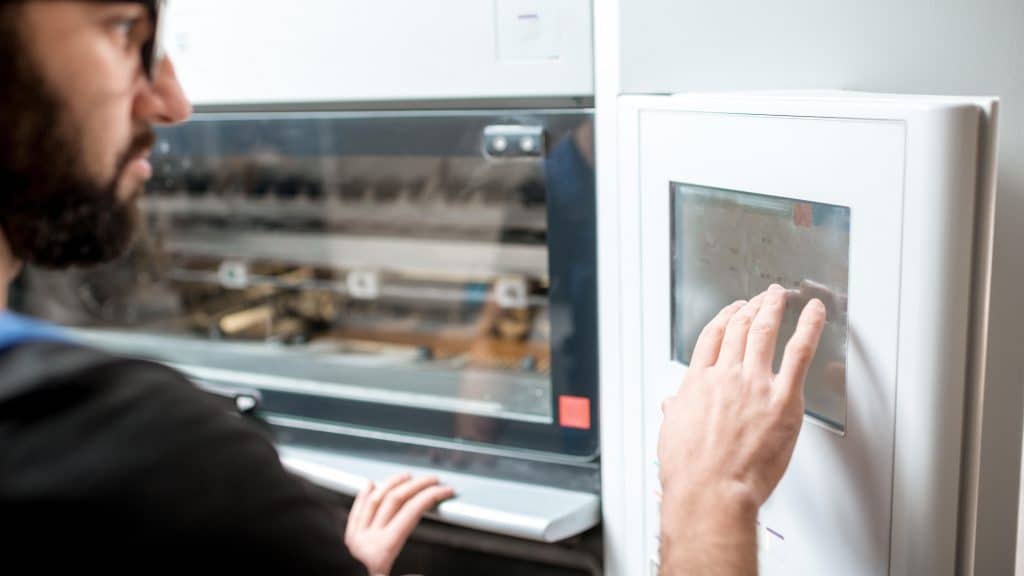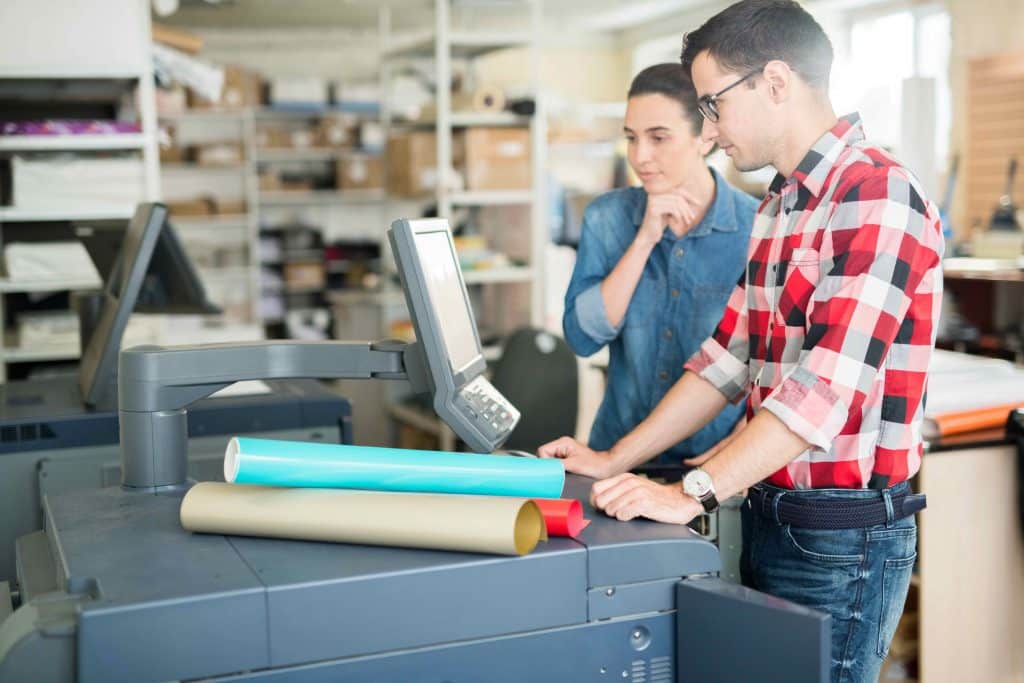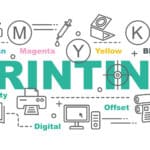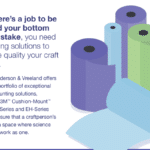5 Mistakes Companies Make When Buying Flexographic Printing Equipment
The flexographic printing equipment that professional printers and converters choose for every step in their production flow directly impacts the overall success of their business. Choosing the right appliance streamlines the entire printing process, contributes largely to your ROI, and saves you time and resources. That being said, choosing the best fit for your flexographic printing business is not a quick and easy task. It is a lengthy process involving careful considerations that should be thoughtfully planned and agreed upon by your entire team.
There are a variety of important details that need to be taken into account when selecting your machines, such as the equipment’s functionality, quality, specifications, and capacity. Your hardware needs to accurately match your work’s demands. Here are five of the most common mistakes that companies need to avoid when purchasing flexographic printing equipment.
1. Prioritizing Unnecessary Features and Functions
Most pre-press equipment nowadays boasts a variety of modern and technological features that can be enticing at first glance. Surplus features such as advanced automation, rapid printing, and efficient drive systems not only encourage higher prices but can distract from the machine’s sole functionality. Before committing to add-ons, ask yourself: How do these features directly improve the efficiency of my workflow? What value does it add to production?
Going for the priciest, most technologically-advanced option that isn’t used to its full extent will set you back financially and will ultimately set back your operational efficiency. Before diving headfirst into a purchase, consider how this investment fits into your budget, current needs, and long-term plans. If the added features are something you consider a potential asset to the company, then it may be given a reasonable chance for consideration.

2. Buying a Bargain Machine
While we do encourage you to be savvy with your spending on new equipment, the priority should not be hinged solely on the machine’s price. Purchasing a cheaper machine with low-quality capabilities will eventually cost you more with the accumulation of repairs and services. Additionally, a bargain machine that can’t keep up with your current workflow will delay your work productivity resulting in less ROI and damage to your brand reputation.
Performance and quality should be the determining factors when choosing the right flexographic printing machine. If you do find equipment that is both cheap and worthy of your qualifications, request a test to determine its suitability for your business’s demand. With the right vendor, you can easily coordinate different financing options so that you can confidently make the right purchase for your business.
3. Choosing Brand Over Functionality
Loyalty is admirable when it comes to good business. However, staying committed to a single brand could compromise your standards and may not always be to your advantage. Not every brand consistently adheres to strict safety measures and functions of the flexo printing equipment. And with technology continuously evolving, products from brands that delivered the best solutions ten years ago may not be the right fit for your company anymore.
The best way to avoid this and gain an unbiased perspective is to select a vendor that has access to a wide variety of trustworthy flexo solutions. The right flexographic printing partner will present multiple options for you across different brands so you are empowered with the most appropriate equipment at the best prices. Always consider your available options and compare different machines’ functionality and capacity.
4. Neglecting to Confirm Aftersales Services
Exceptional aftersales service can make a huge difference in your business’s long-term production success. Services like regular maintenance, old part replacements, on-site support, and troubleshooting will secure your new machine’s longevity, functionality, and quality. Finding the right team is equally as important as finding the right price and equipment.
Before committing to a purchase, always ask for the aftersales services included and agree on specific service levels. For example, it may be in your best interest to stipulate an agreement regarding potential troubleshooting situations, training materials, customer feedback systems, and more. All this information should be written down in a contract to avoid future disputes.

5. Putting New Equipment into Service Too Soon
One of the most common mistakes we see printers make after purchasing the right machine is immediately altering their current production to put it into service. Flexographic printing machines can be quite complicated compared to standard technologies. You must sufficiently understand how the machine functions and where it fits in your workflow to avoid the risk of damaging it too soon.
New equipment can easily be rendered useless early on without prior testing due to unexpected accidents like operator injuries and equipment damages. Committing the time to train employees on operating the machine and how it functions will help eliminate errors and reduce costs and unwanted waste.
Key Takeaways
Choosing the right flexographic printing machine is a key component to the future success of your flexographic printing production. The right equipment fit will guide a large portion of your operations and make your work manageable, efficient, and productive. By actively avoiding the mistakes mentioned above, your company can expect to see an increased ROI and consistent business growth once you’ve selected the best equipment.
Have questions about the next steps? Anderson & Vreeland is proud to help our customers find the best value on a wide variety of pre-press, plateroom, and pressroom equipment. Get in touch with our team to start planning your flexographic equipment solutions.




